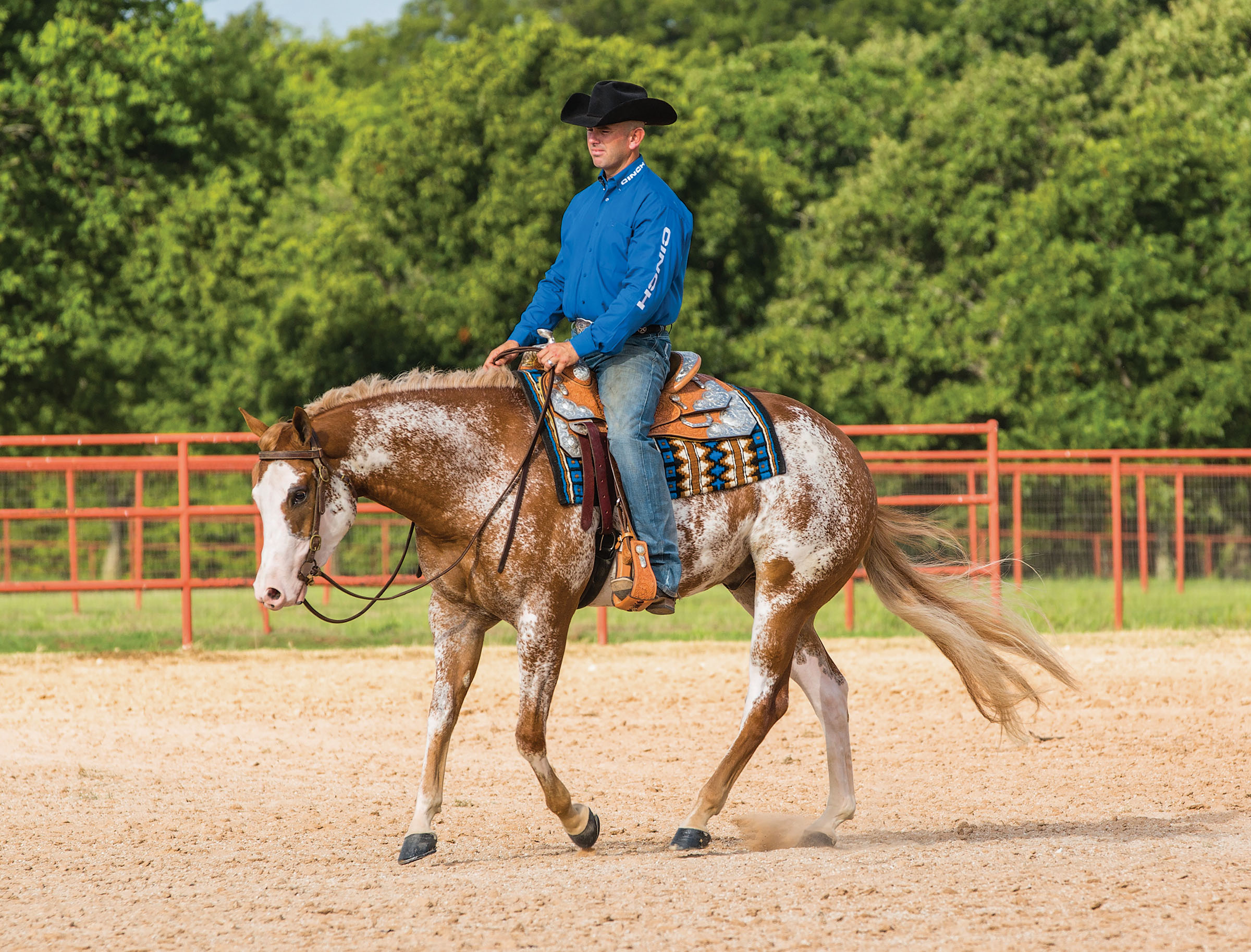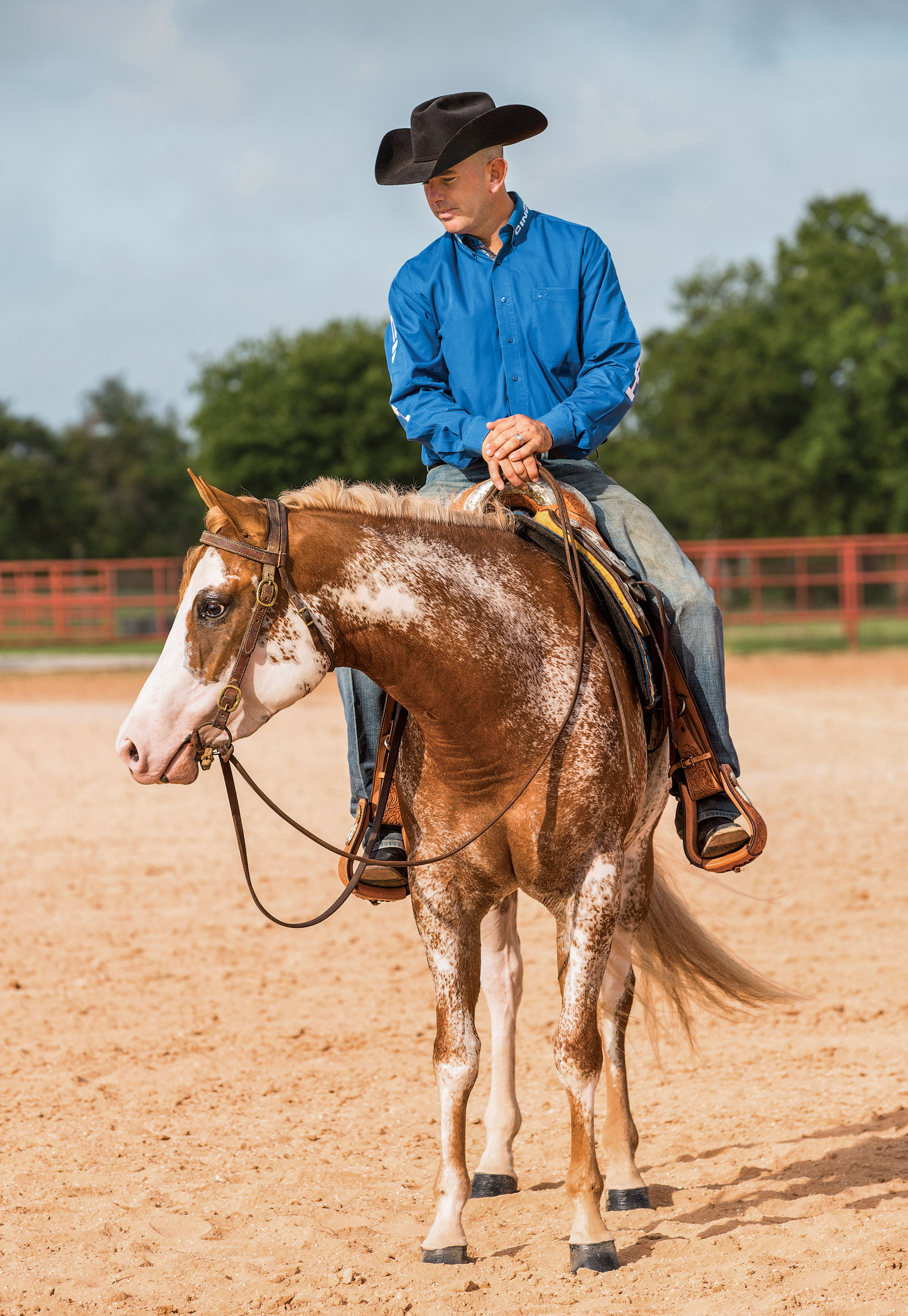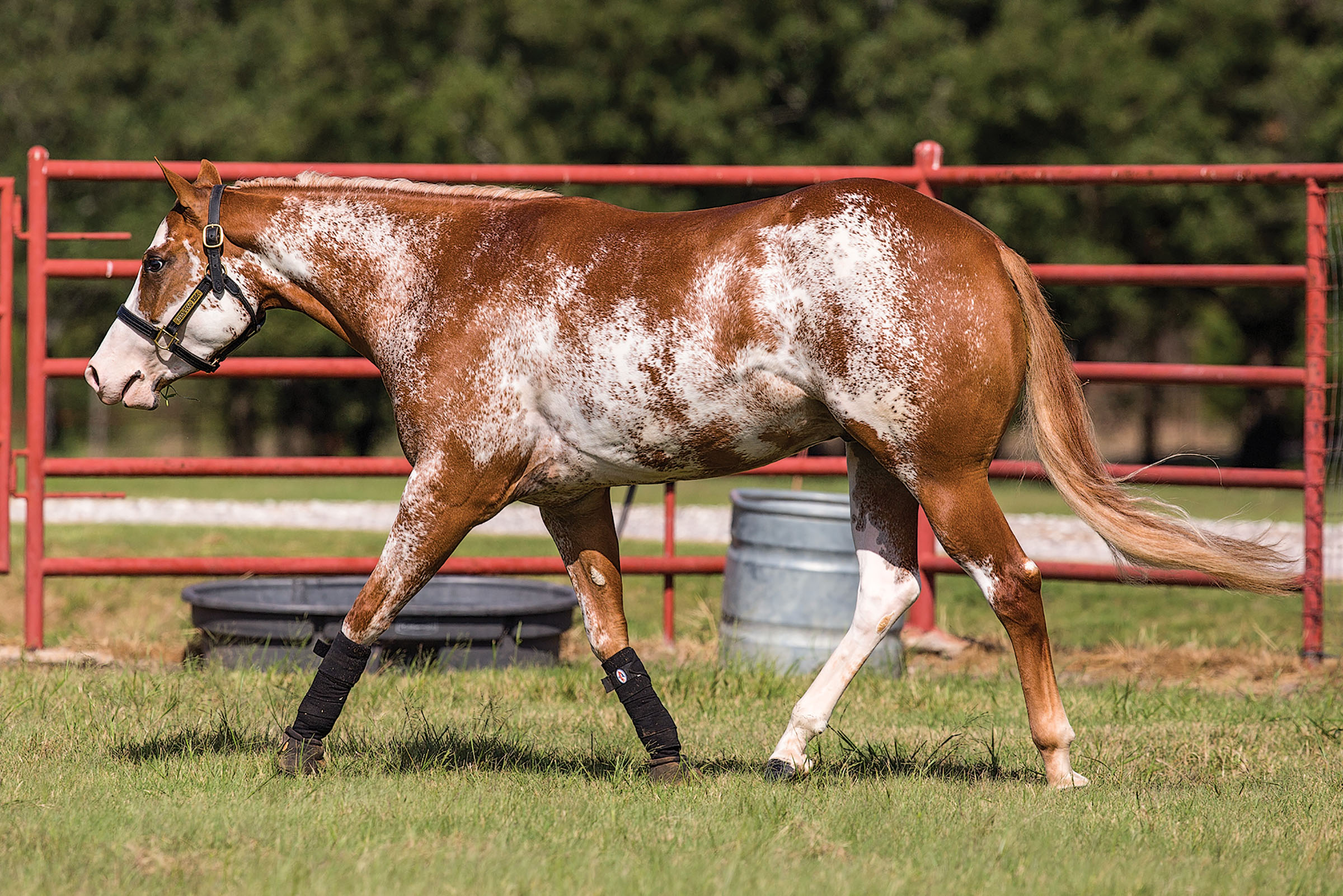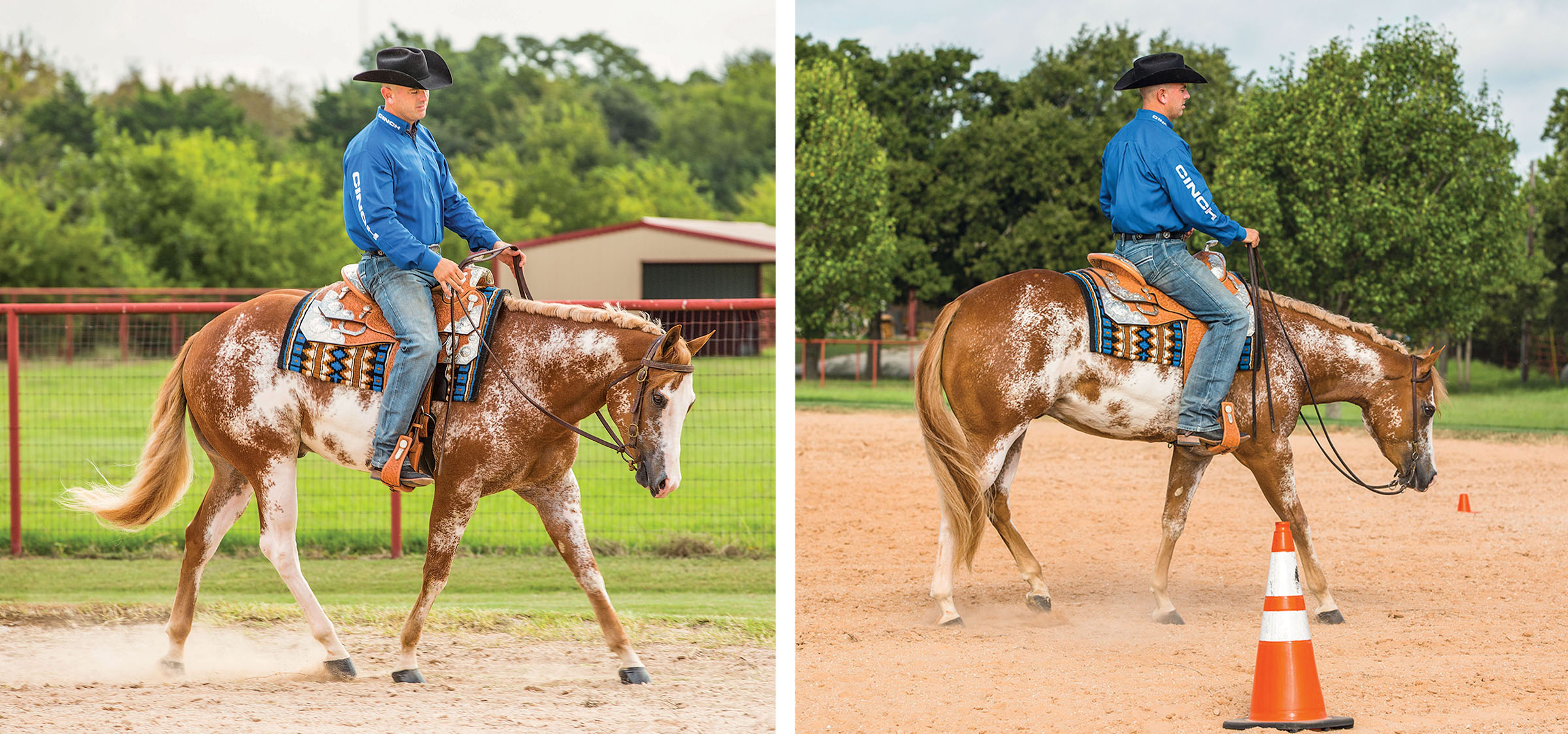
There’s a fine line between training until your horse masters a skill and overtraining. It may seem like the more you practice, the better your horse will be, but I’ve found that too much schooling has the opposite effect. Your horse will start anticipating your cues, resulting in undesirable behavior—or worse, penalties in the show pen. Young horses may lope off too soon. Seasoned horses may stop at every cone without being asked. You want to be in control of your horse during competition, but if the horse decides he knows best, you’ll find yourself out of the driver’s seat while your horse takes the wheel.
[READ: 10 THINGS ALL RIDERS SHOULD DO]
Horses are creatures of habit, and they learn from consistency—whether it’s intentional or not. If you always stop and turn at the same spot, your horse learns that’s what you want and will decide to do it next time all on his own. If you don’t switch it up a little bit, your horse can get too smart.
Here I’ll share five ways to train without overschooling. Keep these tips in mind, and you’ll be on your way to reaching your goals without burning out your horse.
Work on ‘wait.’ If your horse anticipates your next maneuver, stop and sit for a minute in between the moves. Deep down, your horse’s anticipation could be taken as his attempt to give to you what you want before you ask. By adding more stop-and-stand/wait moments in your daily riding routine, your horse will be more likely to wait on your cue for maneuvers, instead of trying to beat you to it.
Consider your horse’s mindset. Sometimes when you’re working hard preparing for a competition, you’ll find your horse just isn’t “getting it” for one technique or another. Consider the workload—your horse might be physically tired and unable do the maneuver correctly at that moment. When this happens, set that maneuver aside to work on the next time you ride. The same applies if your horse was doing the maneuver well earlier in your practice session, but his performance has deteriorated. Perhaps your horse is willing, but just running out of gas and not performing as expected. That’s another sign of fatigue. Don’t get into a battle with him when he’s tired and frustrated. Go back to a maneuver you have nailed, review it, and quit on a good note. Come back to the more challenging maneuver on your next ride after your horse has rested, and see if it’s improved.

Give your horse a day off. Horses are like people—they have good days and bad days, and they need periodic breaks. Particularly for young horses, sometimes it’s good to just turn the horse out for a day instead of riding. There are a few instances that indicate a day off is earned or needed.
If your horse is giving you 100 percent, listening to your feet and hands, and trying hard, that’s the best time to give him a day off. If you could have that exact ride at the show, with your horse feeling a bit stronger from some rest, then you’d be in a great position to compete. If you notice your horse is body-sore, tired, or grumpy, consider turning him out to just be a horse for a day. It’s an excellent way for him to decompress. An older, well-trained horse might only need to be ridden three to five times a week, with turnout and active exercise on the other days. A young horse pointed toward a certain show or a goal probably needs riding six days a week, with one day of turnout. You might even reward your horse for a great training session with turnout after the ride. Time off depends on your horse, and if he has a lot of energy, the more he’s turned out, the better.

Even on days off, keep your horse’s fitness in mind. If you turn him out, and he’s playing and comes in warm from exertion, that’s a solid indication he’s had good exercise. But, if when you turn your horse out, he doesn’t get his heart rate up by playing or exercising himself, you need to factor that into the training program. You’ll probably need to get that horse out to exercise that day to maintain his conditioning.
Train the muscles. During training sessions, you might tend to focus on your horse’s mind and teaching his brain maneuvers and cues. But physical fitness is just as important as perfecting maneuvers. I say horse training is similar to ice hockey in that regard. Sometimes a hockey player needs to go on a 5-mile run; he doesn’t always practice on the ice. In the same way, some of your riding sessions should focus on your horse’s physical fitness.
Here’s a good exercise to promote physical fitness. Wrap your horse’s legs for protection from injury, and if your horse handles it well, put him in a snaffle. Working in an open space with good ground, long trot and lope. Really work his muscles and get his legs moving. But don’t disregard self-carriage and position in the process, or your horse loses the full benefits. Ask him to extend his stride and move a bit bigger, not just faster, to maximize his effort and elongate his stride. This works muscles you wouldn’t normally call on.
Think of this work as being your horse’s personal fitness trainer. Your goal is to strengthen his muscles and build aerobic capacity so he can carry out tough maneuvers without fatiguing. But it’s also a good mental break for your horse from drilling on tricky techniques.
[READ: LET YOUR HORSE DO HIS JOB]

Switch up the pattern. When practicing for a pattern class, don’t drill the entire pattern over and over. That primes your horse to memorize it and then anticipate your cues. Instead, break up the pattern into smaller pieces. Try doing the pattern backward. Start and stop at different points every time, or practice only parts of the pattern. Change things up to keep your horse focused on waiting for your cues.
Additionally, ask for transitions away from the cones when you’re warming up. Stop somewhere else in the arena than where the pattern designates. Be cognizant of routines and habits you’re forming as you practice, and try to change it up so your horse doesn’t think he knows what’s coming up next. n
Jeffery Gibbs, Collinsville, Texas, trains all- around, Western pleasure, and futurity horses and coaches youth and amateur riders. He and his clients have won more than 50 American Paint Horse Association and Pinto Horse Association world championships and all-around titles. Learn more at gibbsshowhorses.com.






